If you fastidiously watch “Through the Wormhole” like I do, chances are you’ll find this application for silver membrane filters fascinating – they’re being used to assist in the collection of antimatter! Now if your main reference for antimatter is a certain Dan Brown novel, you should know that separating and collecting antimatter is a much, much more difficult process than the entertainment industry would have you believe. In fact, “If you take all the antimatter produced in the history of the world and annihilated it all at once, you wouldn't have enough energy to boil a pot of tea,” according to Harvard physicist Gerald Gabrielse. Professor Gabrielse is a leader in antimatter trapping methodology and a co-author of the paper Pumped Helium System for Cooling Positron
Monthly Archives: June 2011
- Monday, June 27, 2011
- Wednesday, June 22, 2011
Biogas, a form of renewable energy this is produced through, among other things, animal and human waste (hey, it’s not like you were using it) is one of several developing energy sources whose proponents are exploring membrane separation techniques to improve their purification process. A recent study published in the “Applied Chemistry – A Journal of the Society of German Chemists” experimented with a new method of membrane separation called the “condensing-liquid membrane” (or CLM) in an effort to enrich raw biogas, which typically contains between 50-80% methane, to natural gas quality (at least 95% methane content), with favorable results. Common membrane materials like Cellulose Acetate and Polyimide have been tried for this application with some success, but the problem is that they can be ruined by the aggressive gases that are present in raw biogas, such as carbon dioxide and hydrogen sulfide. The CLM is a liquid (water in this case) layer
- Thursday, June 16, 2011
Cruising around the Scandinavian coastline in November might not sound like the most ideal place to conduct an environmental impact study, but for Norway’s Institute of Marine Research it was necessary in order to investigate the levels of anthropogenic particles in the Skagerrak strait. As you can imagine, this setting presented some unique challenges for the research team. In order to gather and analyze microscopic samples from this body of water, which is located between Norway, Denmark and Sweden, researchers had to come up with some new sampling methods and fashion their own equipment to solve problems that had plagued previous studies.
- Friday, June 10, 2011
Check out this interesting article from the NIST Tech Beat explaining how nature may be manufacturing silver nanoparticles all by itself. The article also discusses some ideas as to why it is that silver is such a good antibacterial agent.
Read the NIST article here. - Wednesday, June 08, 2011
Move over Copernicium! A collaboration of scientists from the Lawrence Livermore National Laboratory in California (one of our customers - we're so proud!), and the Joint Institute for Nuclear Research in Russia are being recognized today for officially creating two new elements! Scientists first created these elements in 1999 and 2000, respectively, by slamming lighter atoms together to see if they would stick. After a lengthy experimentation and review process by the International Unions of Pure and Applied Chemistry and Physics they are now certified and ready to take their rightful spots as the heaviest members of the periodic table. Both of these elements are radioactive and exist for less than a second before decaying into lighter atoms. For now the elements are being referred to by their element numbers, 114 and 116, since the discovers are still in the process of submitting their recommendations. It's probably a good thing that the naming process is limited only to the researchers
- Monday, June 06, 2011
After our last post discussing how experiments with carbon nanotubes (CNT’s) might greatly improve the effectiveness of reverse osmosis desalination now comes a new report from the Institute of Physics that shows researchers are getting closer to making this a reality. Already over a billion people do not have regular access to clean water and the problem will likely get worse as the demand for drinkable water is expected to grow dramatically in the near future. With natural sources increasingly scarce, this urgent need means there is an intense global interest in any potentially viable forms of water purification.
Right now the main issues preventing RO desalination on a large-scale basis are that the membranes used to perform seawater to freshwater separation do not remove salt ions with enough efficiency and they also r - Wednesday, June 01, 2011
One of the most promising new frontiers in filtration technology involves infusing different membrane types with nanomaterials in order to improve performance or to pass along certain material attributes. Here we will look into one prominent example from recent years, the incorporation of carbon nanotubes (CNTs) into ultrafiltration membranes used in water treatment. We’ll also look at how our stirred cells have aided in this specialized membrane manufacturing process. First off, what is there to gain by using CNT’s to manufacture water treatment membranes? While scientists have identified several potential advantages for CNT implementation, since the process is still in the R&D phase they have not necessarily been proven in all cases. One key possible benefit is that membranes made with these materials would be much stronger than traditional membranes, thus reducing instances of membrane breakage and fouling, two problems that contribute significantly to high maintenance costs in


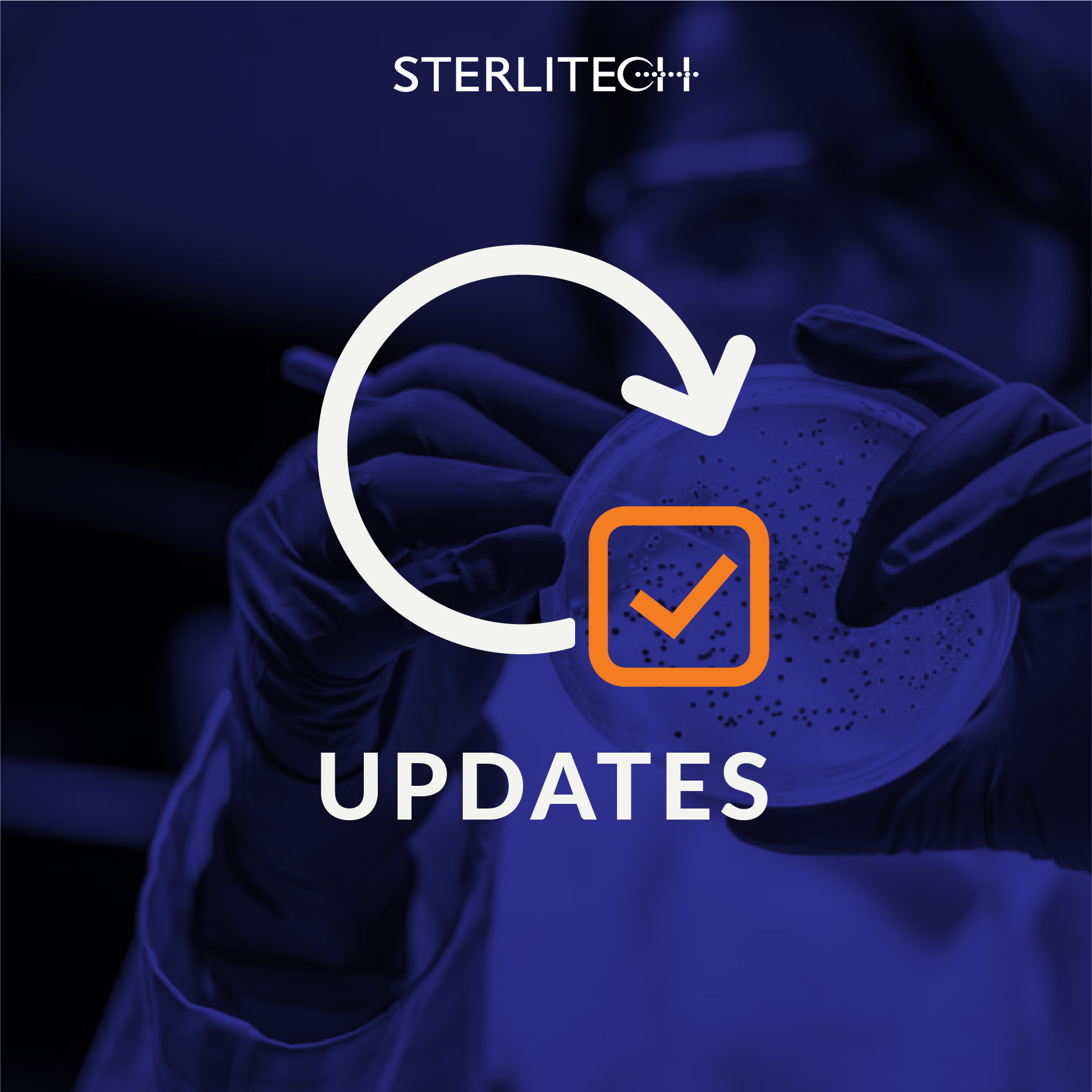
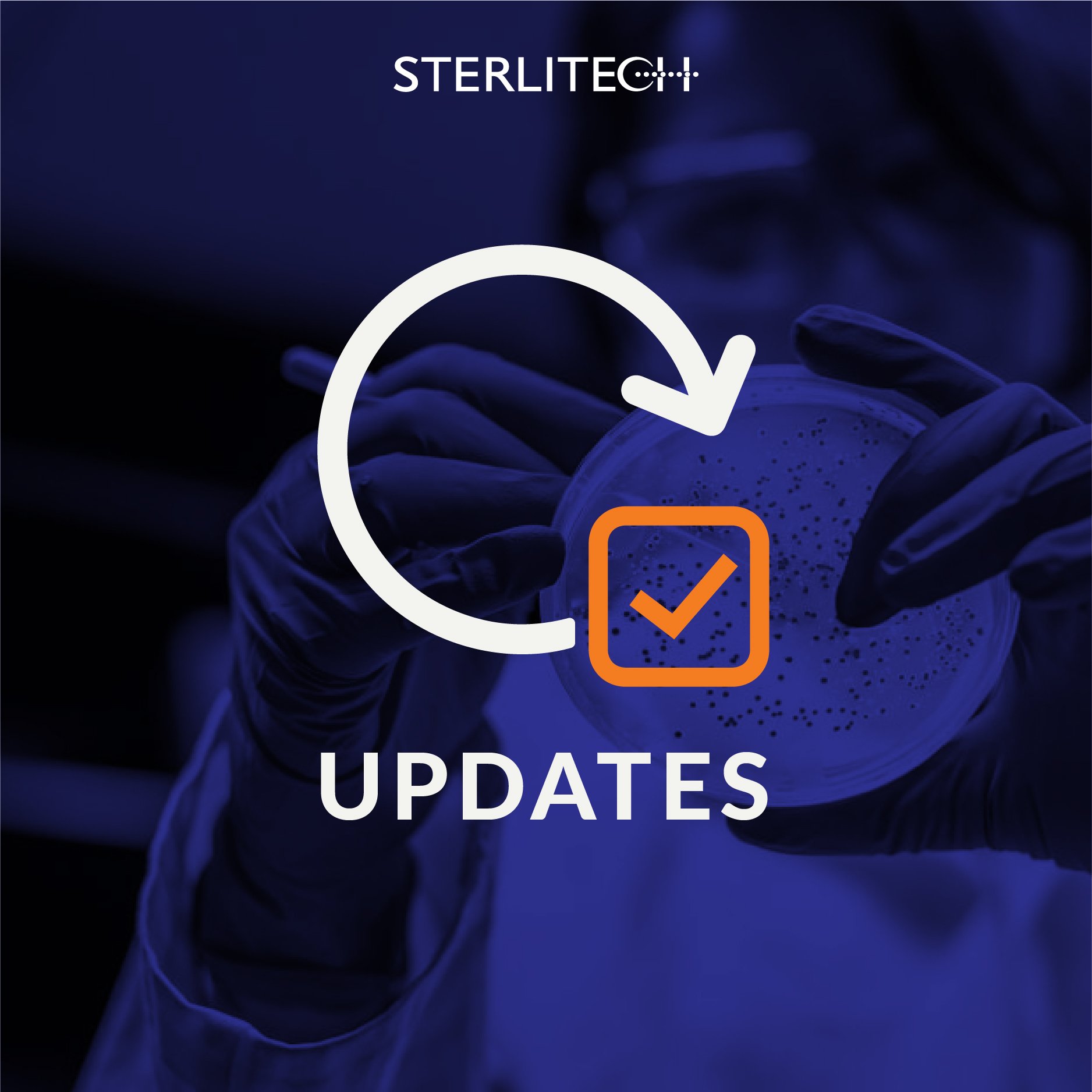
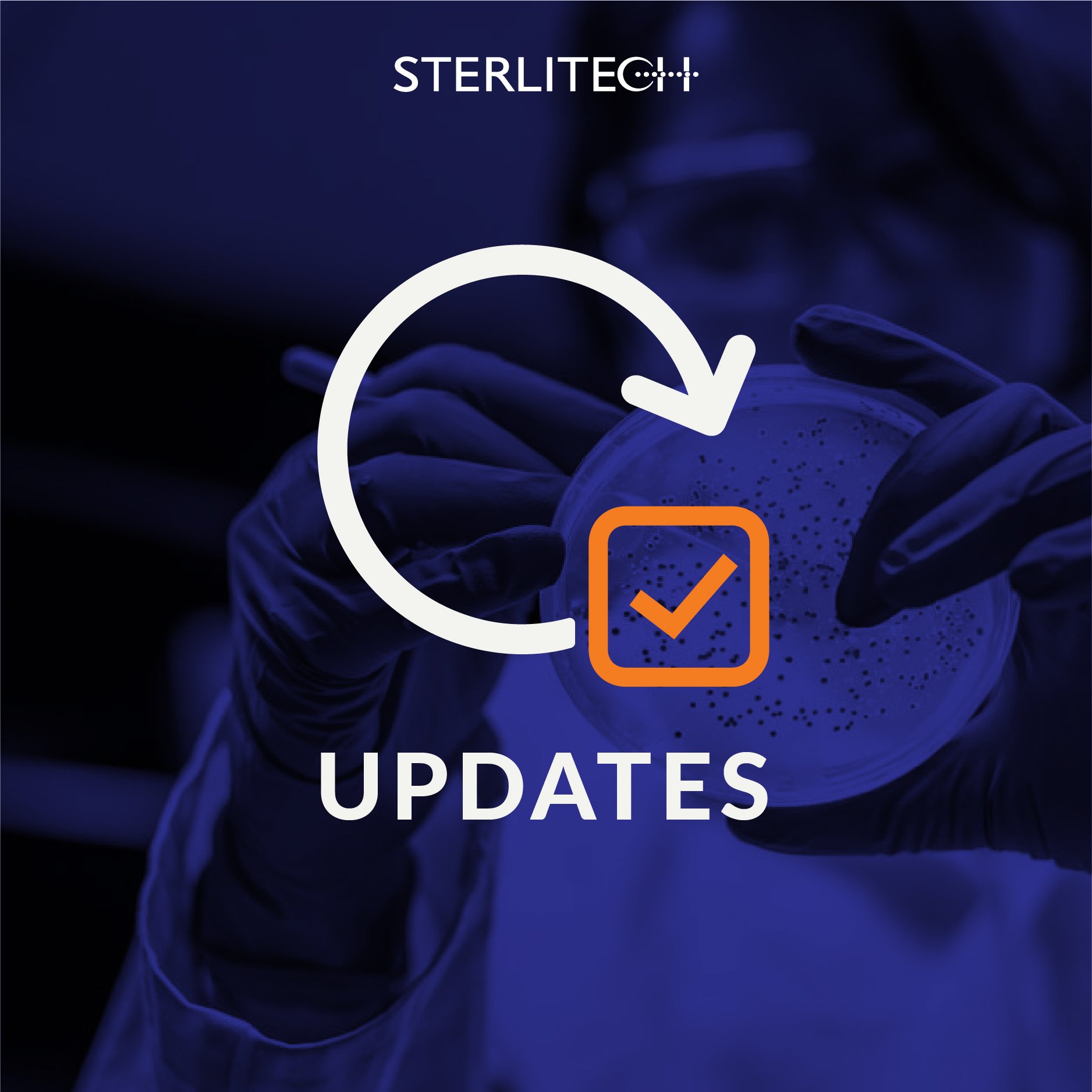
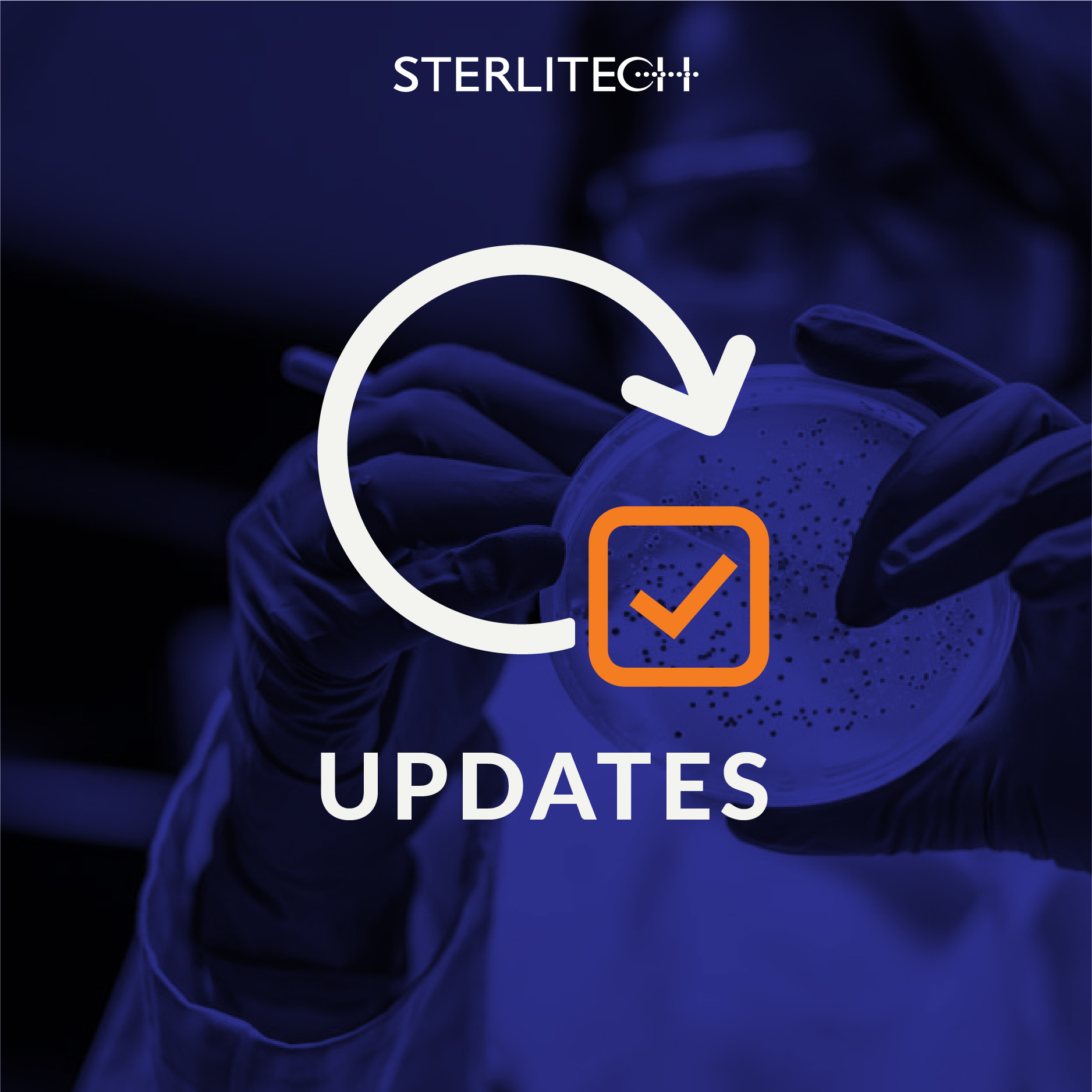
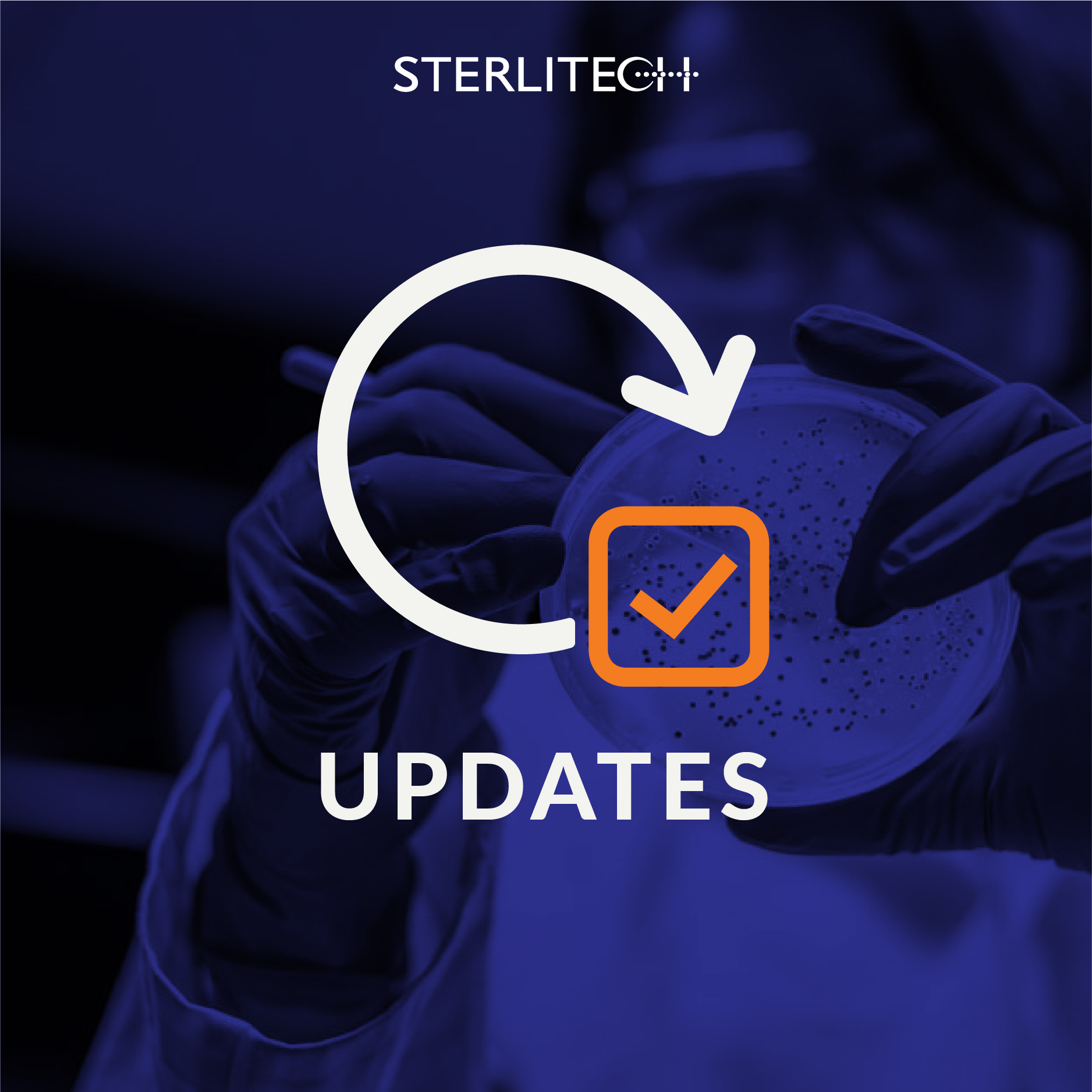
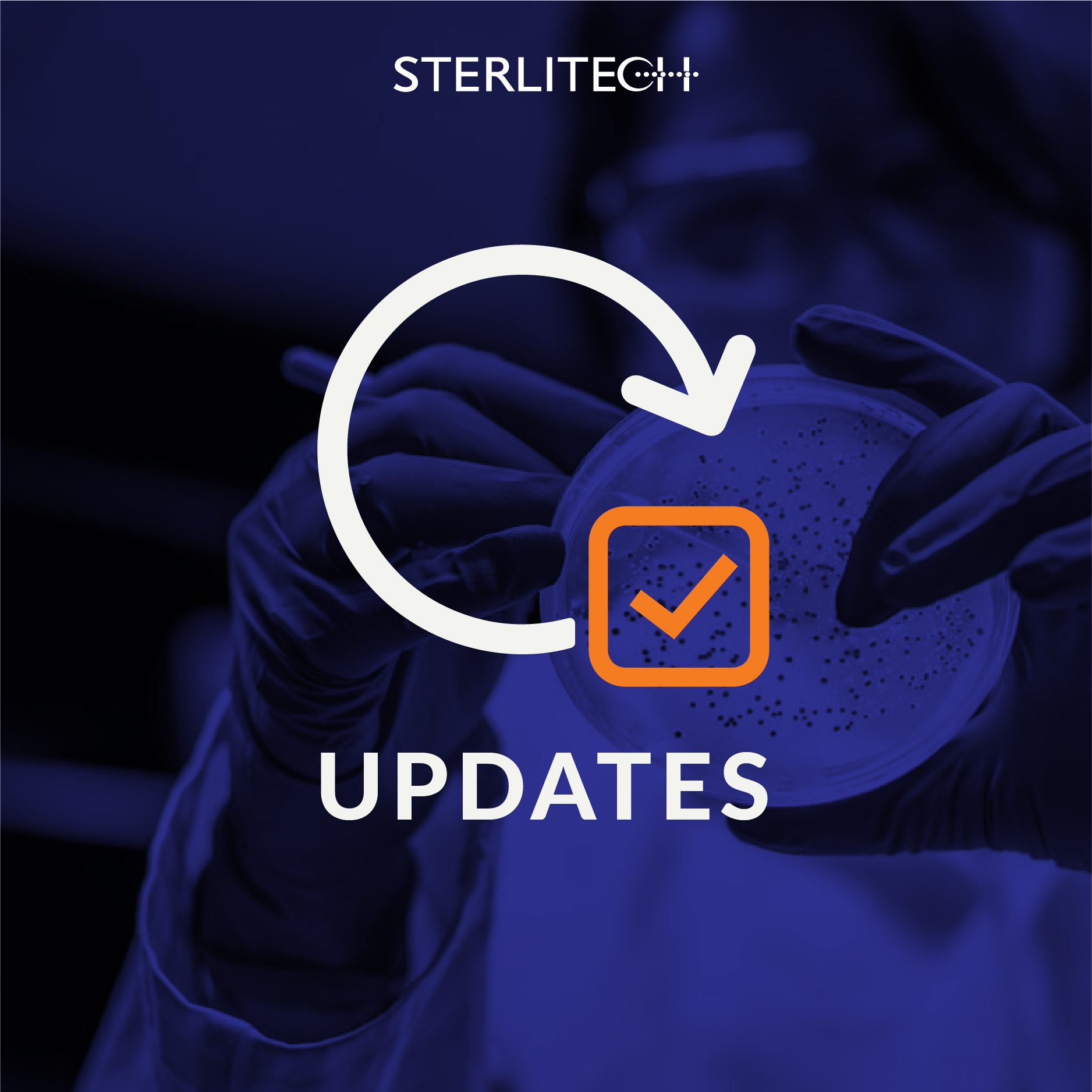
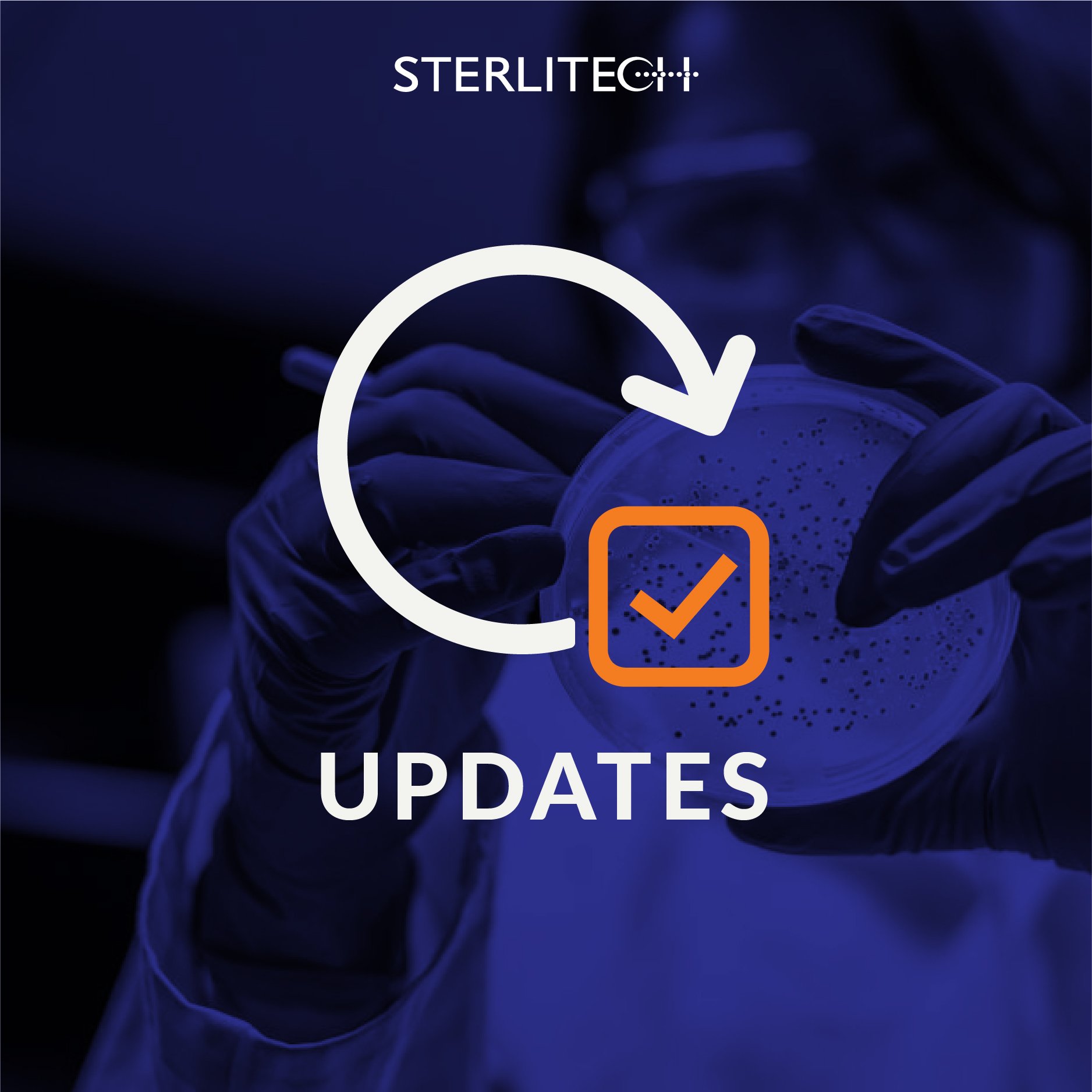
![Join Sterlitech at BIO 2024 [Booth #5558]: Exploring the Future of Biotechnology](https://www.sterlitech.com/media/magefan_blog/b4.jpeg)

